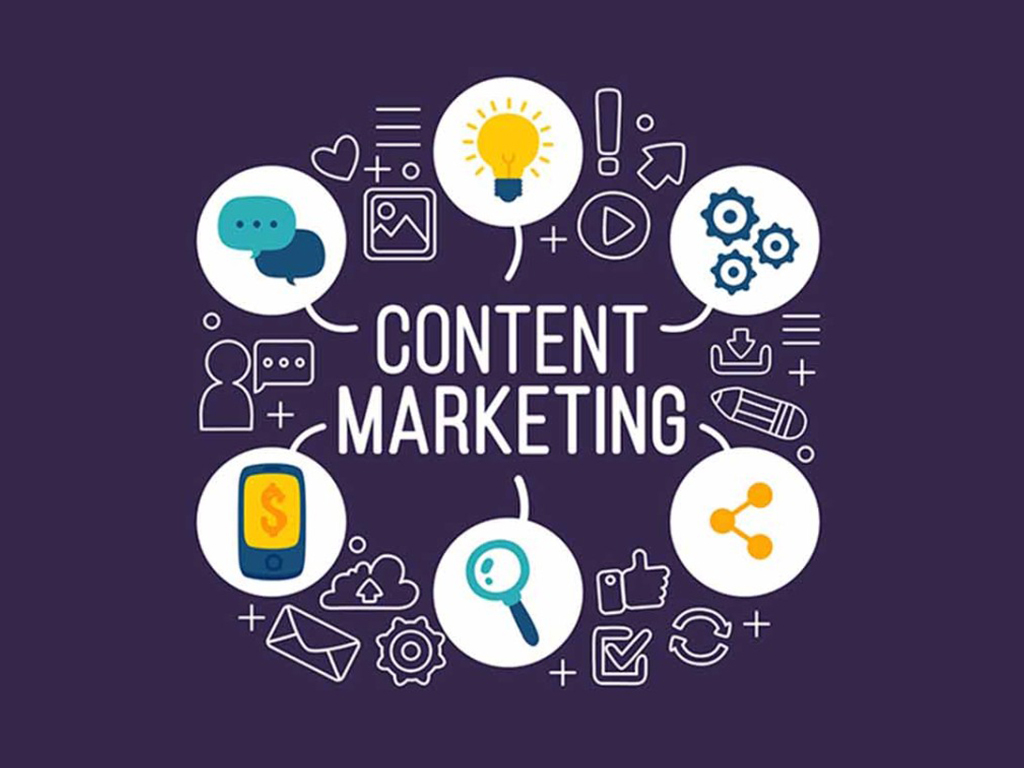What’s Content Marketing?
In the competitive world of B2B marketing, having an effective content marketing strategy can be the difference between success and stagnation. Content marketing has become the cornerstone of successful lead generation and sales growth for businesses targeting other businesses.
By delivering high-quality content that resonates with your target audience, businesses can foster relationships, establish authority, and ultimately convert leads into loyal customers. In this blog, we’ll explore how to drive leads and sales through content marketing for B2B, focusing on actionable strategies, best practices, and tools that will help you maximize your efforts.
High-quality content builds trust, establishes thought leadership, and ultimately, converts readers into loyal customers. But how can you craft compelling content that resonates with B2B audiences and drives your sales engine?
This guide delves into the power of content marketing for B2B and equips you with a practical content marketing strategy to attract leads, nurture them through the sales funnel, and ultimately convert them into paying customers.
The Importance of Content Marketing for B2B
At its core, B2B content marketing is about using informative, relevant, and valuable content to guide prospective clients through their buyer’s journey. Unlike B2C (business-to-consumer) marketing, B2B buyers are often making decisions based on logic, research, and long-term benefits for their organization. Therefore, your content marketing strategy must focus on providing solutions to business challenges, answering complex questions, and offering valuable insights.
A successful B2B content marketing strategy aims to:
- Establish your brand as an industry authority
- Provide valuable content that addresses specific business needs
- Nurture leads through educational and informative content
- Drive conversions by engaging with decision-makers
Understanding the B2B Buyer Journey
The B2B buyer journey is a complex process involving multiple decision-makers and thorough research before purchase. Content marketing shines during this journey by providing valuable information and insights that resonate at each stage:
- Awareness Stage: Here, potential customers are recognizing their need for a solution. Offer SEO-optimized content like blog posts and industry reports that address their pain points and introduce your brand as a potential solution.
- Consideration Stage: Now, potential buyers are researching different options. Create in-depth content like white papers, case studies, and webinars showcasing your expertise and how your solutions address their specific needs.
- Decision Stage: At this point, buyers are comparing options and evaluating vendors. Content that converts like product demos and free trials allows them to experience your solutions firsthand and build trust.

Crafting a Content Marketing Strategy for B2B
The first step in content creation for websites and overall B2B success is to develop a content strategy for businesses. A solid plan ensures that your content aligns with your business goals, resonates with your target audience, and moves leads further down the sales funnel.
1. Understand Your Audience
Before you dive into content creation, it’s essential to know who your audience is. For B2B, this typically means decision-makers such as business owners, executives, or department heads. Understand their pain points, challenges, and goals.
2. Develop a Content Plan
A well-structured content plan helps you stay organized and ensures consistency. A content plan should include case studies, blog posts, videos, whitepapers, infographics, and more.
3. Focus on High-Quality Content
When it comes to B2B content marketing, high-quality content is king. Rather than focusing on volume, prioritize creating content that provides real value. This could include in-depth articles, thought leadership pieces, or detailed industry reports. Your content should be designed to solve problems and offer actionable insights.
4. Optimize Content for SEO
SEO content writing plays a crucial role in attracting organic traffic to your website. Incorporating relevant keywords and SEO-optimized content helps your content rank higher in search results, making it easier for potential clients to find you. Use tools to analyze keywords, optimize headings, and ensure that your content is discoverable. Content optimization is an ongoing process that ensures your content continues to rank well over time.
Check out our blog, “The Role of SEO in a Successful Content Marketing Strategy” to know more about the importance of SEO in content writing!
5. Create Content That Converts
Your content must encourage action. Whether it’s downloading an eBook, signing up for a webinar, or scheduling a demo, your content should always include a clear call-to-action (CTA). Content that converts is content that guides the reader toward taking the next step in their buyer’s journey.
6. Promote Your Content
- Don’t just create content; actively promote it through social media, email marketing, industry publications, and paid advertising opportunities.
- Leverage social media platforms like LinkedIn and Twitter to share your content and connect with potential customers.
7. Track and Analyze Performance
- Monitor key performance indicators (KPIs) like website traffic, lead generation, conversions, and engagement rates.
- Leverage analytics tools to track content performance and identify opportunities for improvement.
8. Leverage Content Marketing Automation
- Utilize automation tools for email marketing, social media scheduling, and content distribution for increased efficiency.
9. Continuously Refine Your Strategy
- Check and update your content on a regular basis and refine your strategies accordingly.
Content Marketing Best Practices for B2B
To ensure that your content marketing is effective, it’s important to follow content marketing best practices. Here are some top tips:
1. Use Data to Drive Decisions
To ensure that your content strategy for businesses is effective, use performance metrics to track results. Tools like Google Analytics, social media insights, and CRM software can help you monitor engagement, conversion rates, and overall ROI from content efforts. Tracking engagement rate improvement allows you to refine your content over time.
2. Incorporate Visual Content
Don’t just focus on text-based content. Incorporating videos, infographics, and other forms of content design for marketing can increase user engagement. Visual content is particularly effective for explaining complex topics and keeping the audience engaged longer. This also helps to improve user engagement in content, as people tend to consume visual content more easily than lengthy text.
3. Leverage AI Marketing Automation
With the advent of AI marketing automation, you can enhance the reach and effectiveness of your B2B content. Tools like chatbots, AI-driven recommendations, and AI-powered content generation can help personalize content delivery, ensuring that prospects receive the right content at the right time. This can lead to better content conversion rates and higher-quality leads.
4. Focus on Personalization
Hyper-personalization is key in the B2B space. With advanced tools like CRM systems and data analytics, you can create tailored content that speaks directly to the needs of individual prospects.
How to Increase Conversion with Content
To convert your audience into paying clients, your content must be strategically designed to drive action. Here are some ways to increase conversion with content:
1. Optimize Landing Pages
Your content should drive traffic to landing pages that are optimized for conversions. Ensure that the landing page is aligned with the content that brought the visitor there. Use persuasive CTAs and clearly explain the benefits of engaging with your content or product.
2. Use Lead Magnets
Offering lead magnets, such as free trials, downloadable resources, or exclusive access to webinars, can help you capture contact information and begin nurturing leads. This is an effective way to grow your list and maintain ongoing engagement.
3. Implement Conversion Rate Optimization (CRO)
CRO focuses on improving the effectiveness of your content and landing pages to convert visitors into leads or customers. A/B testing, improving page load times, and enhancing user experience are just some of the tactics involved in conversion rate optimization.
Measuring the Success of Your Content Marketing
You can measure the success of content marketing by using the following metrics. These might include:
- Engagement Metrics: Monitor metrics like time spent on page, bounce rate, and social shares to understand how users are interacting with your content.
- Conversion Rates: Track how many visitors turn into leads or customers as a result of your content.
- Lead Quality: Measure how well your content nurtures and qualifies leads over time.
By using tools such as sales automation tools and CRM AI, you can gain deeper insights into the effectiveness of your content marketing strategy.
Conclusion: Driving Leads and Sales with B2B Content Marketing
Whether you are new to content marketing or looking to refine your existing strategy, the key to success lies in delivering high-quality content that speaks directly to your audience’s needs and encourages action.
For businesses looking to implement effective content strategies, partnering with a content creation agency in Pune like Pipaani can provide you with the expertise and resources to elevate your content marketing efforts. With their experience and affordable content marketing services in Pune, they help businesses drive results and maximize ROI from their content initiatives.
Content marketing is a powerful tool for B2B businesses to attract leads, build brand awareness, and drive sales. By following these best practices and leveraging AI-powered tools, you can create compelling content that resonates with your target audience and delivers measurable results!
